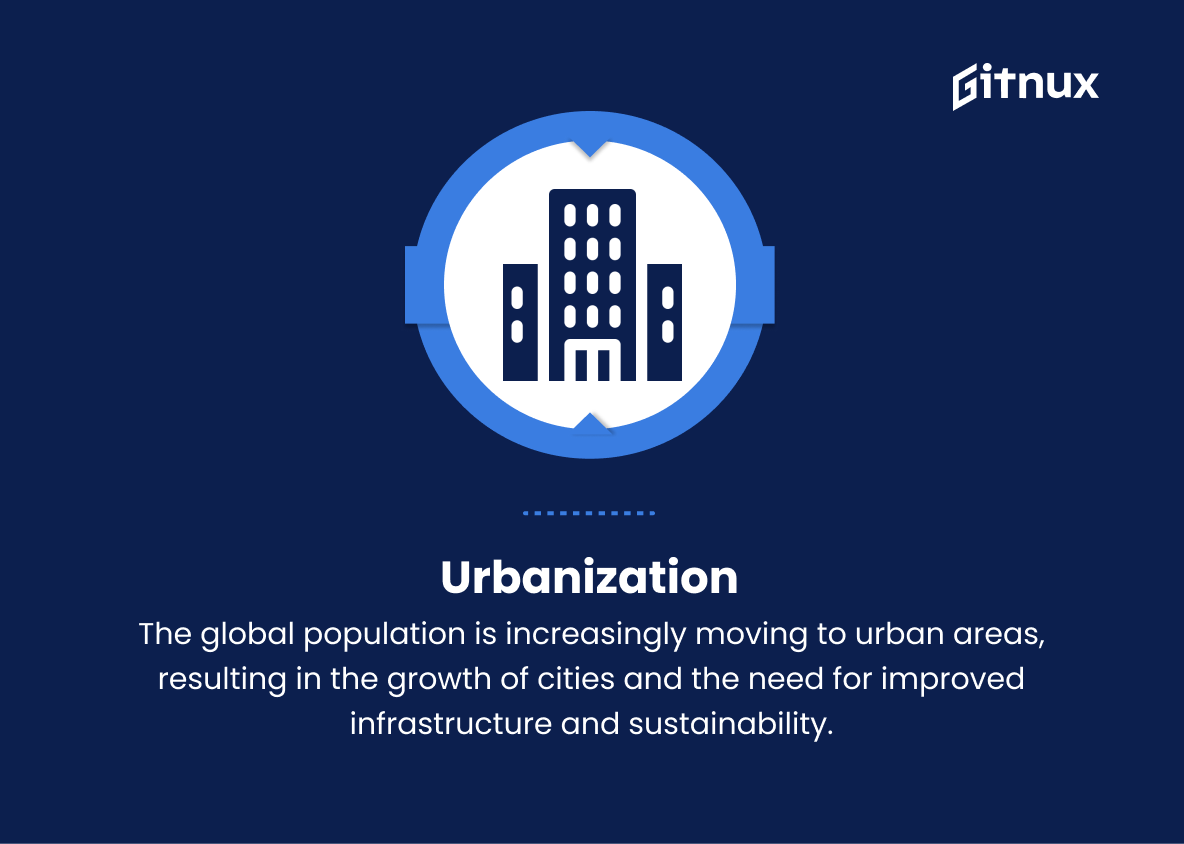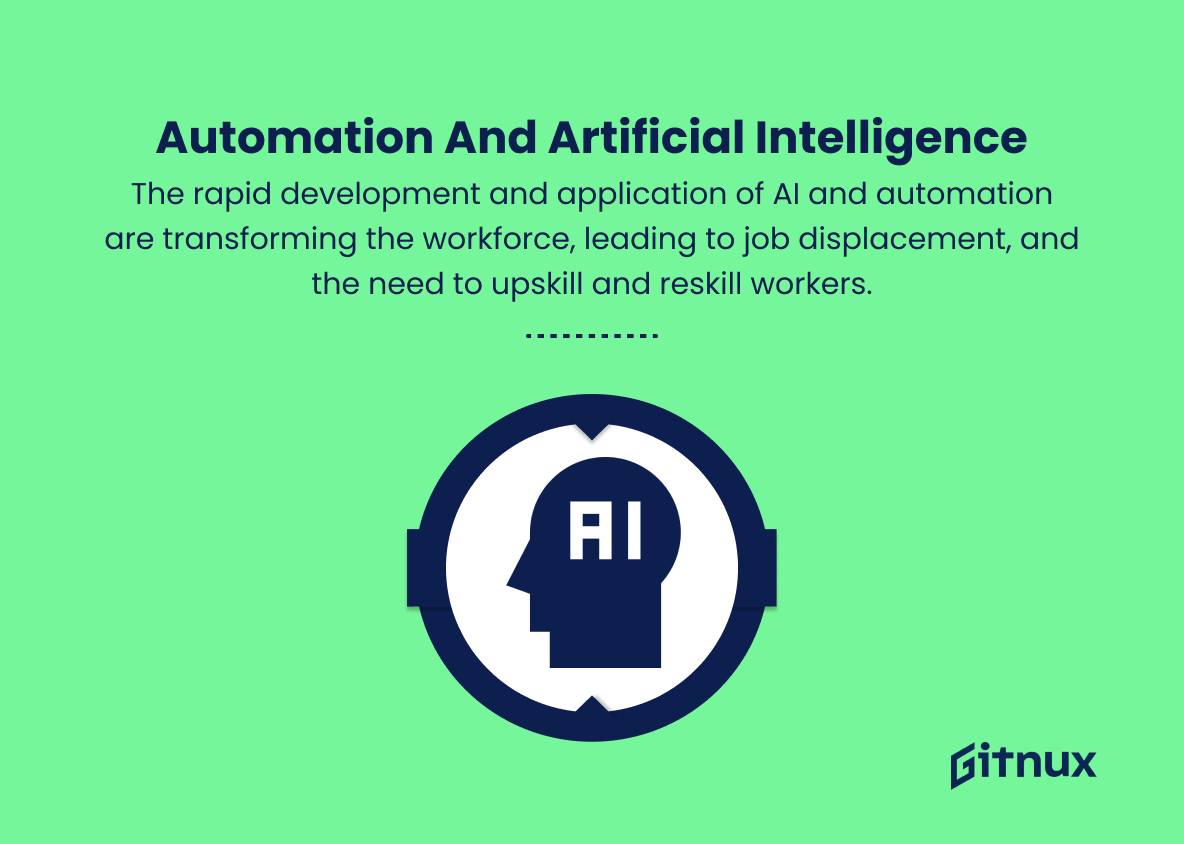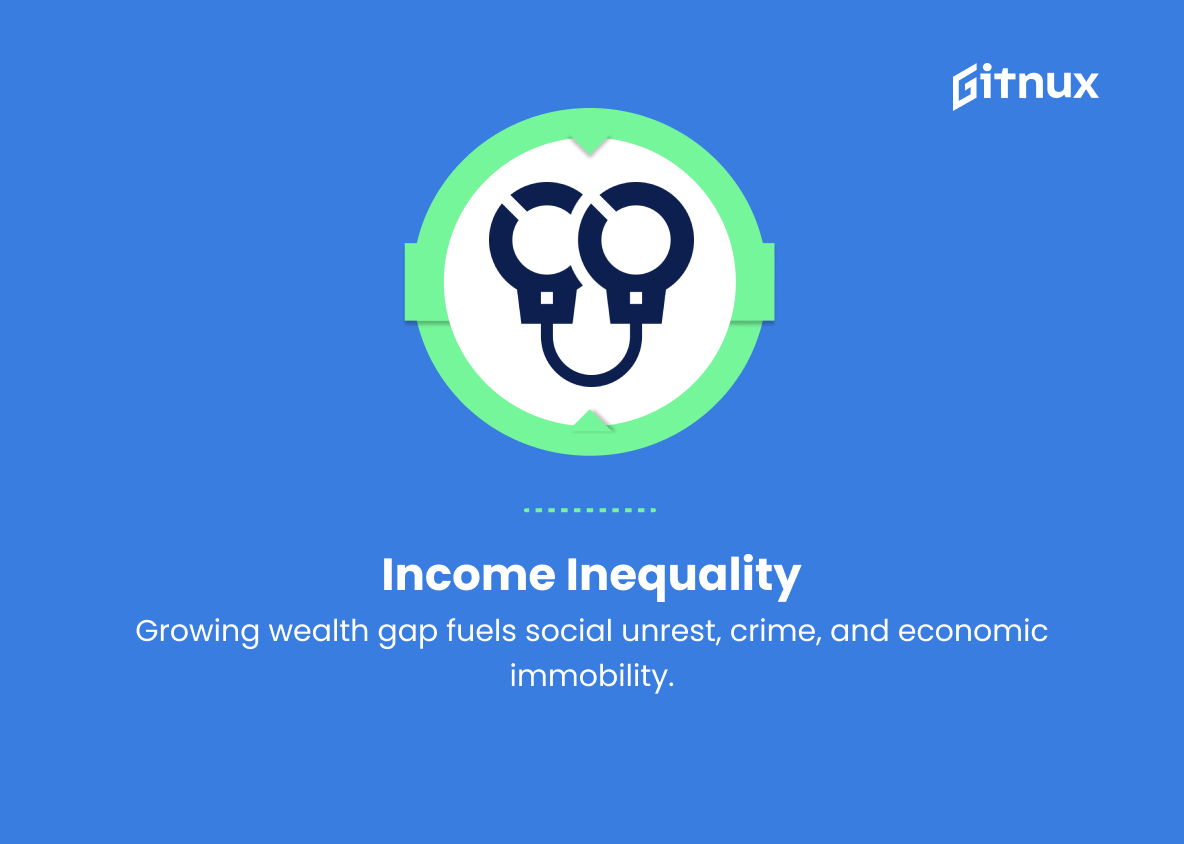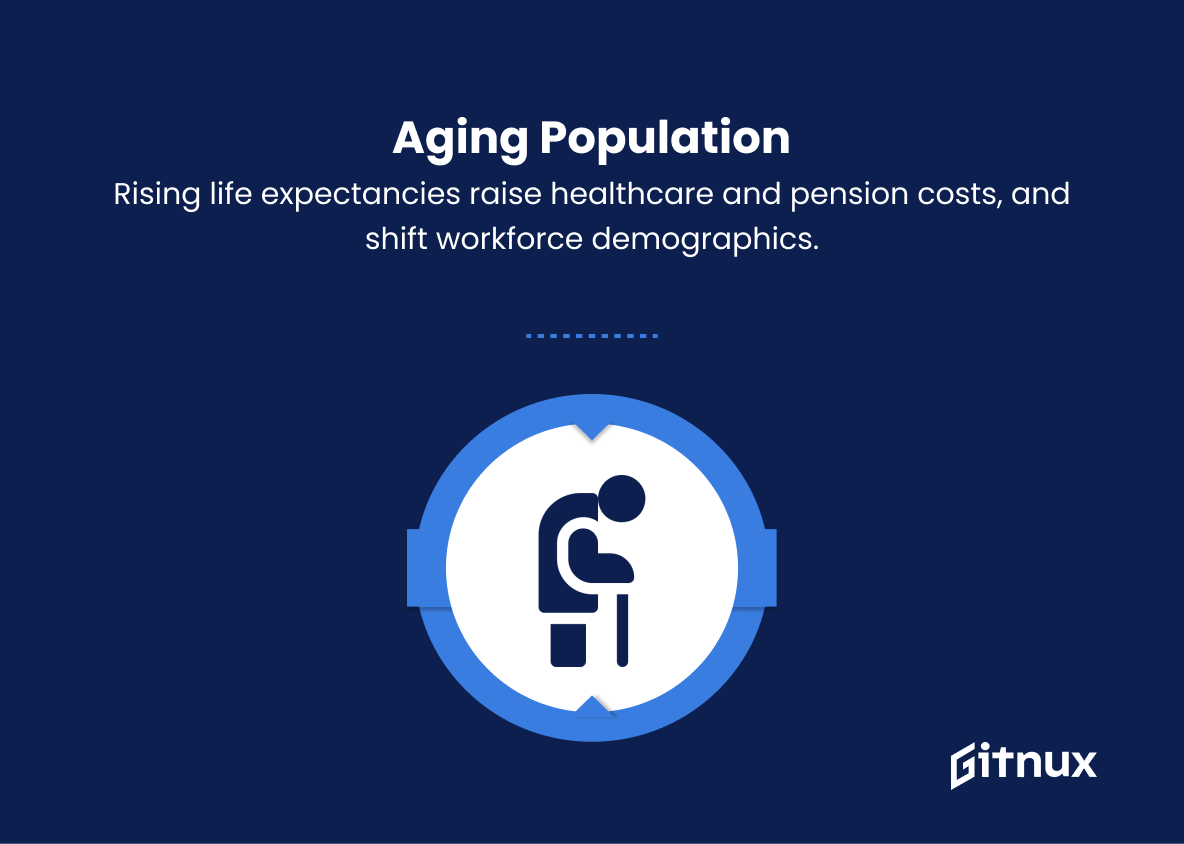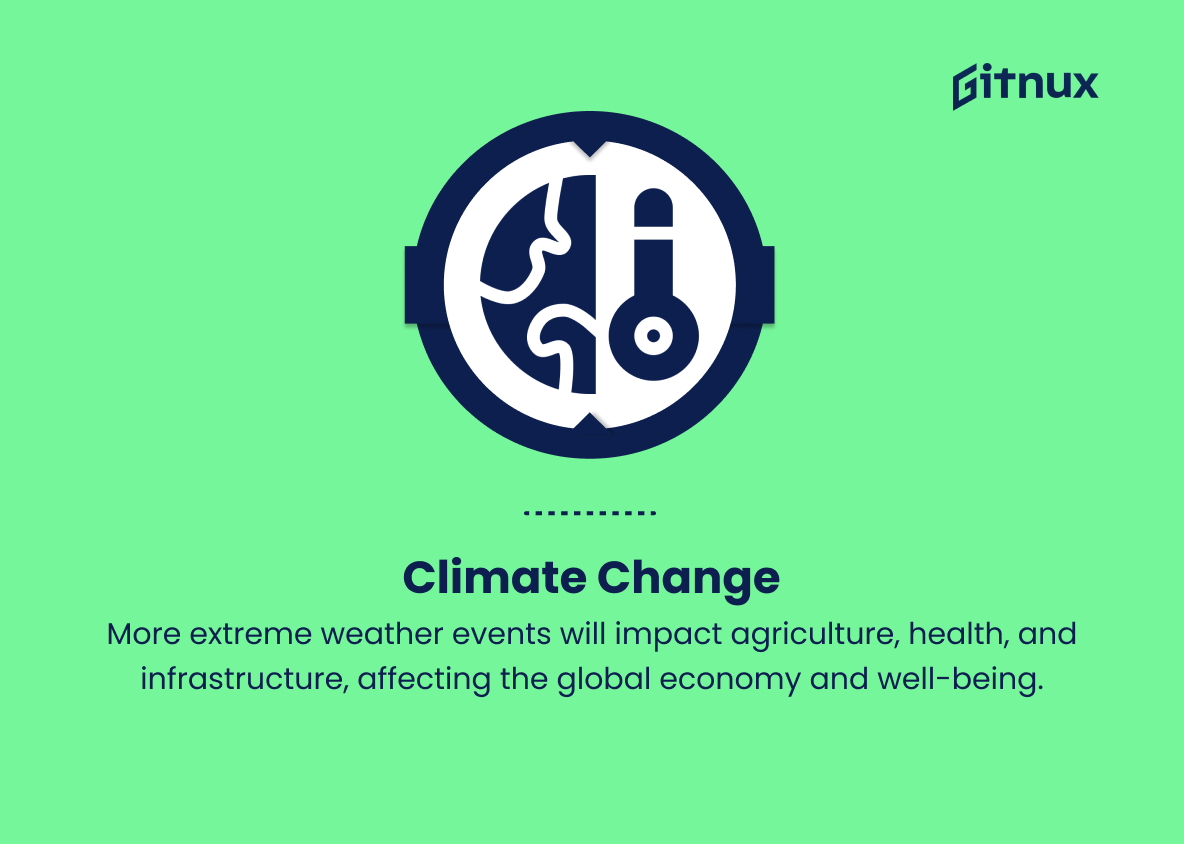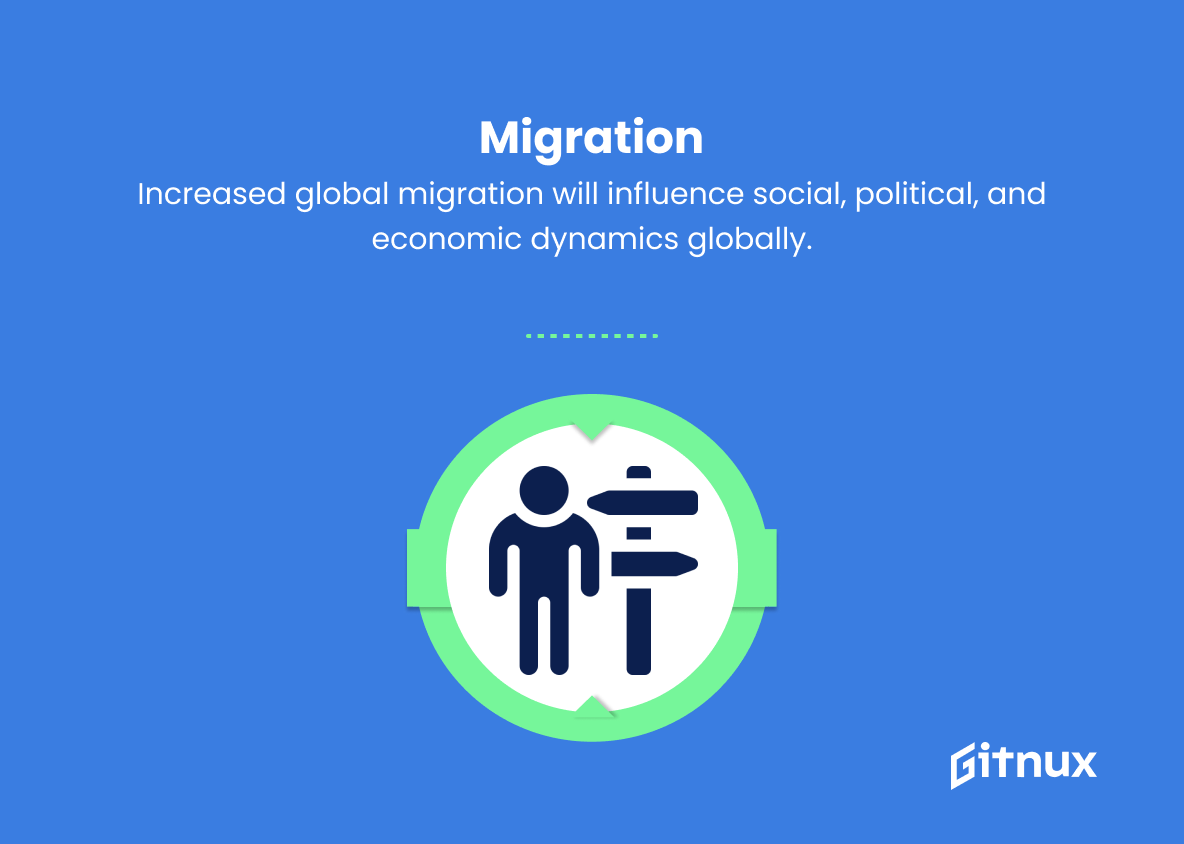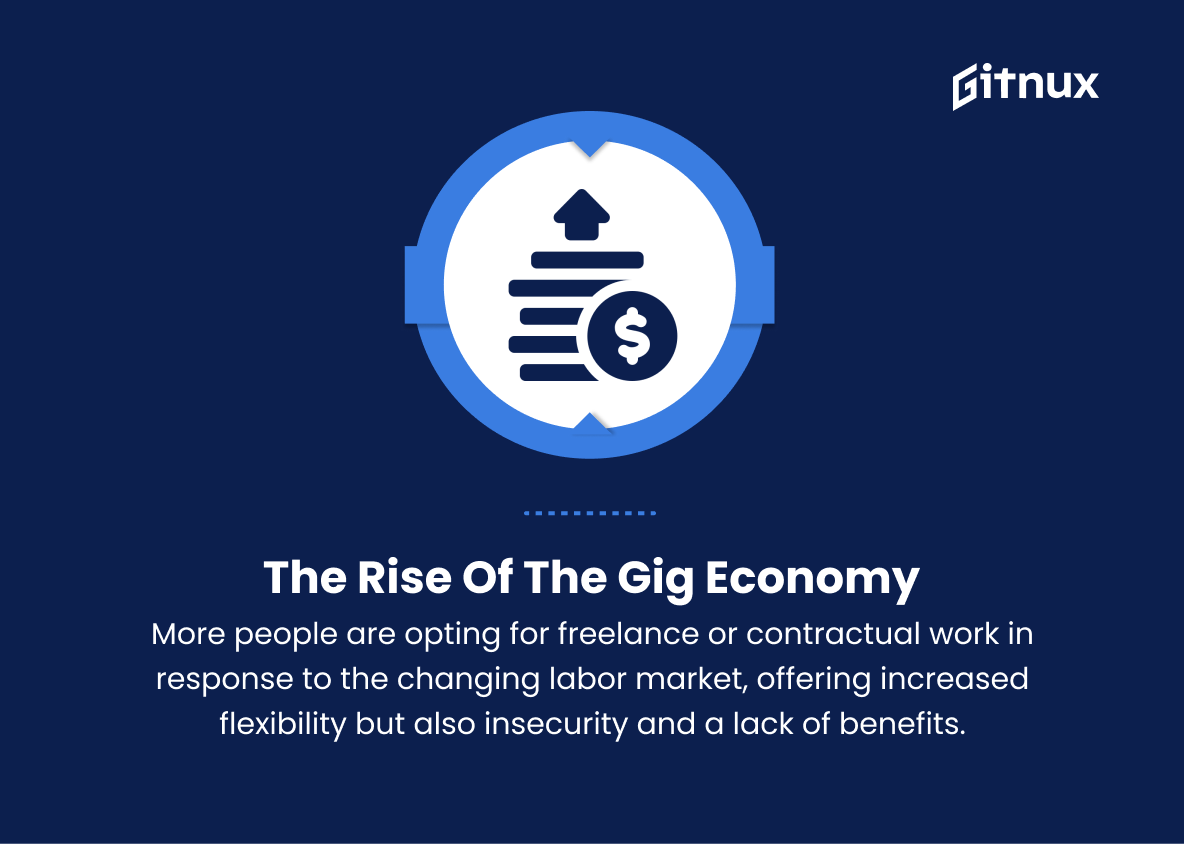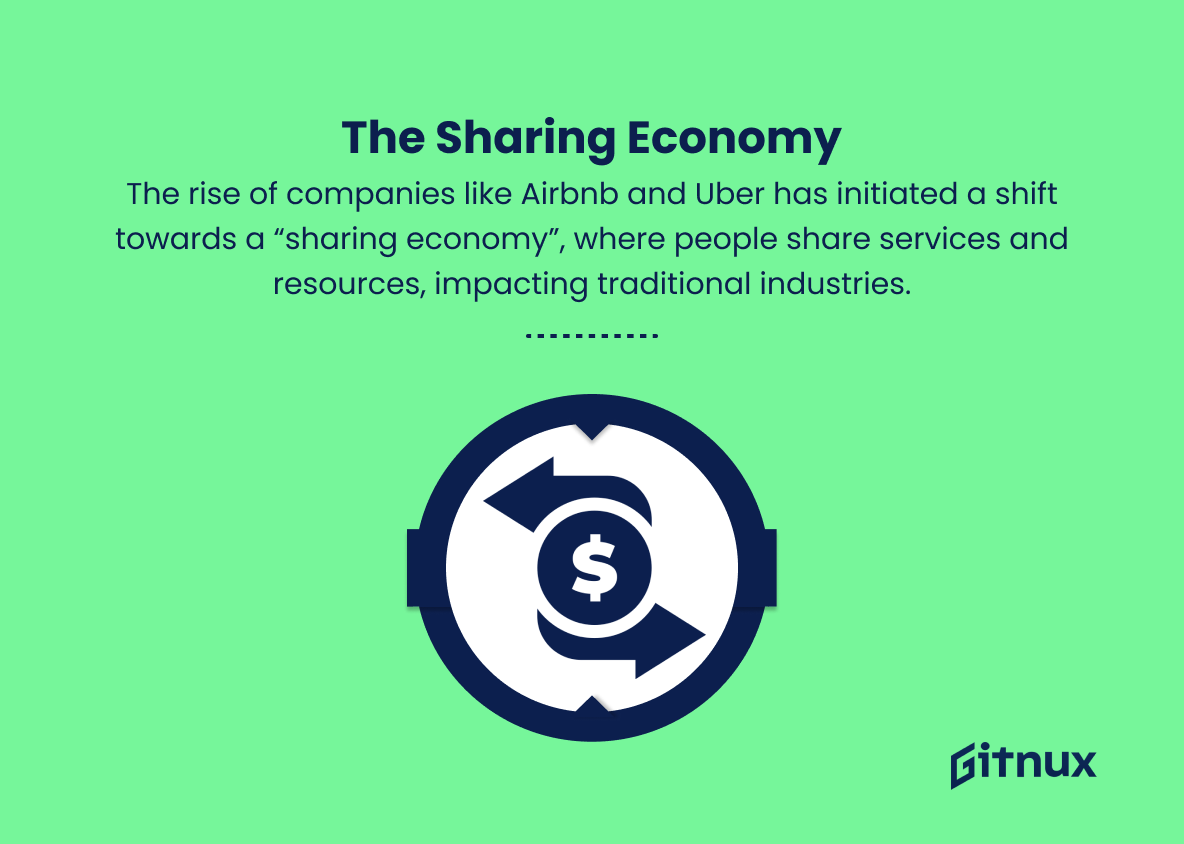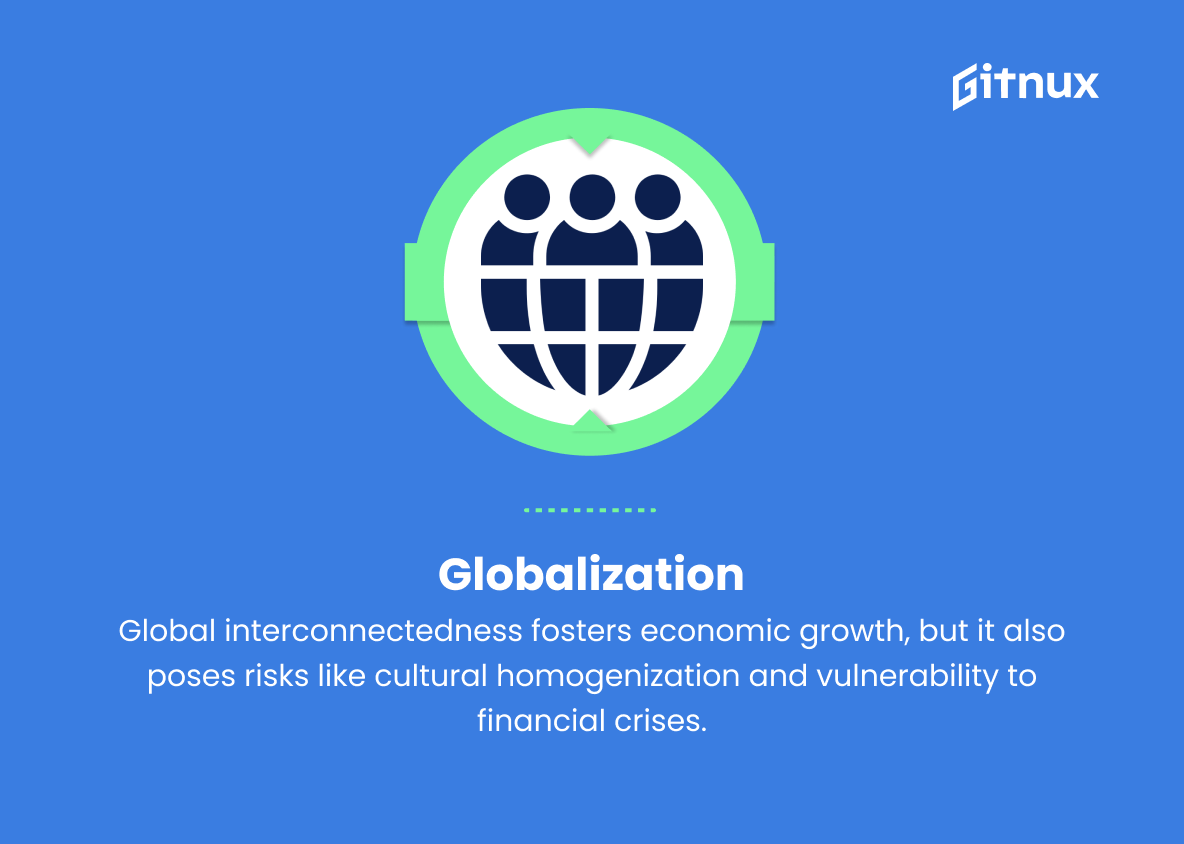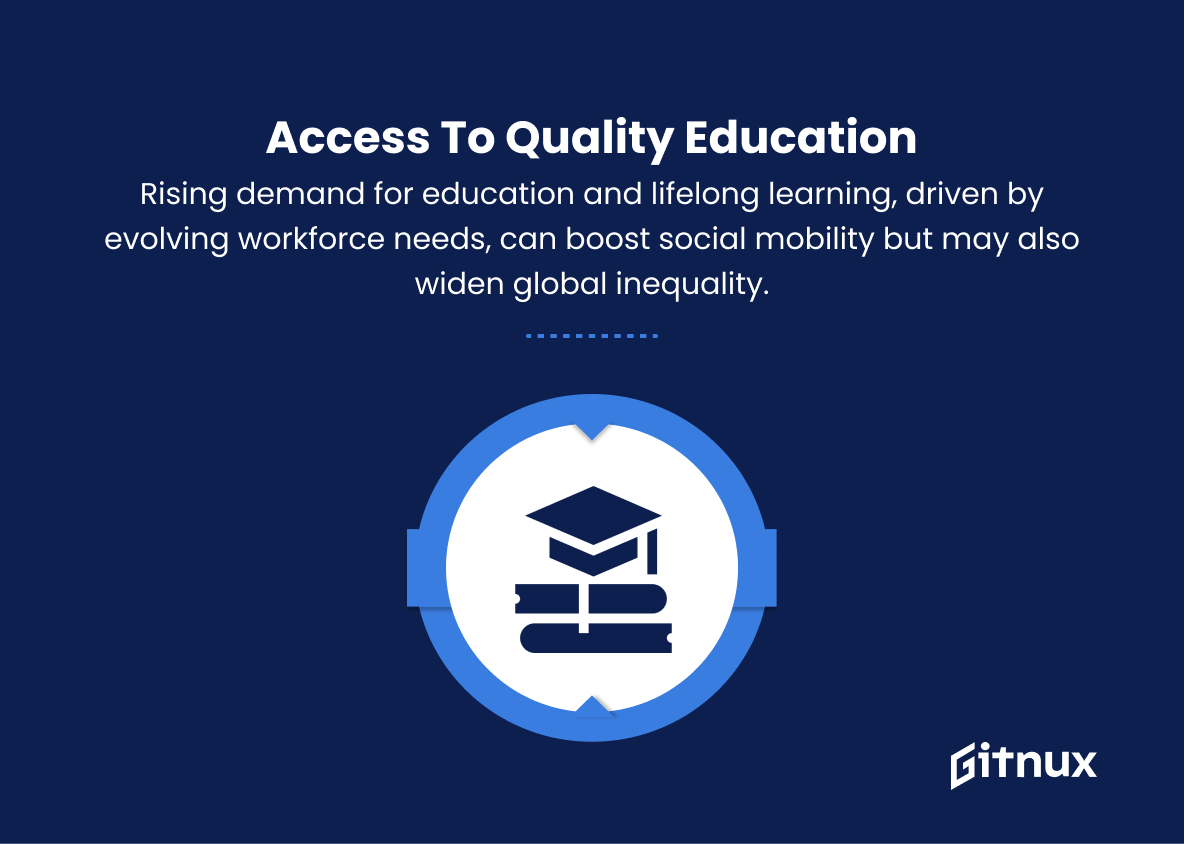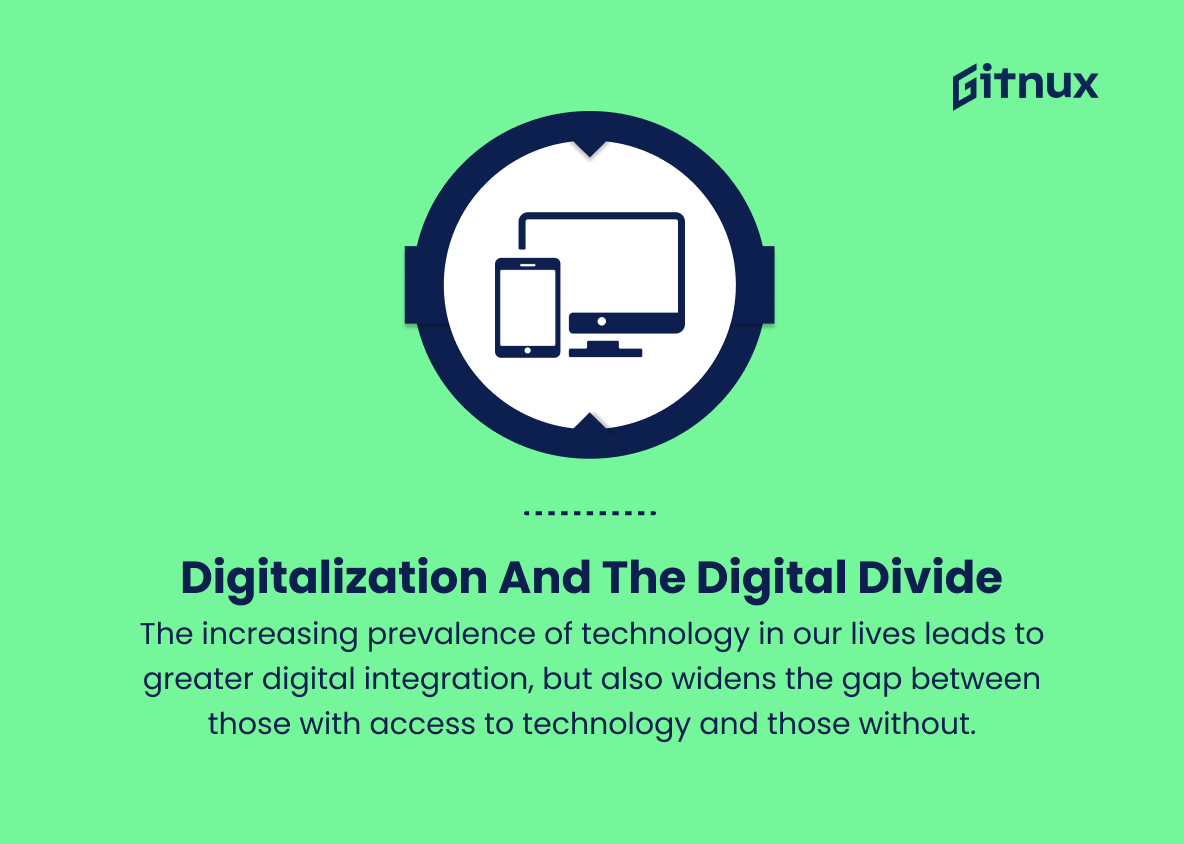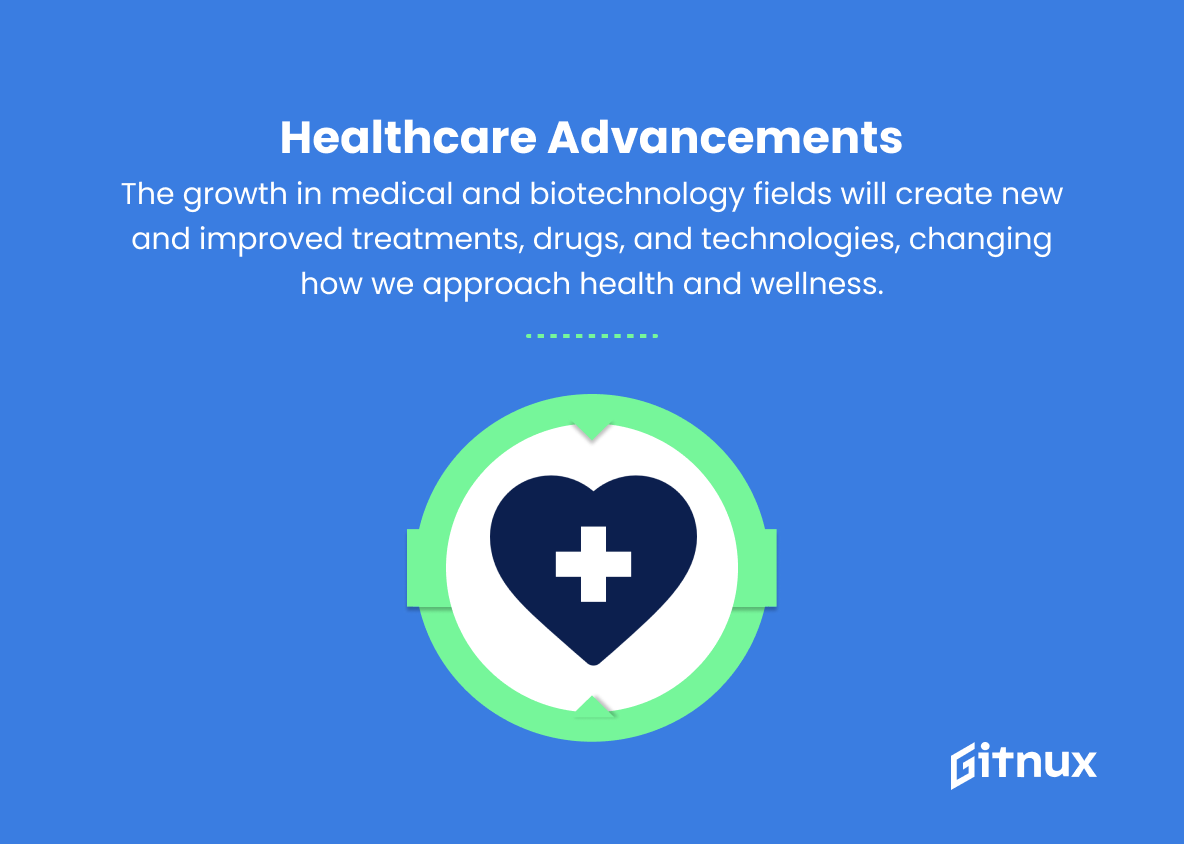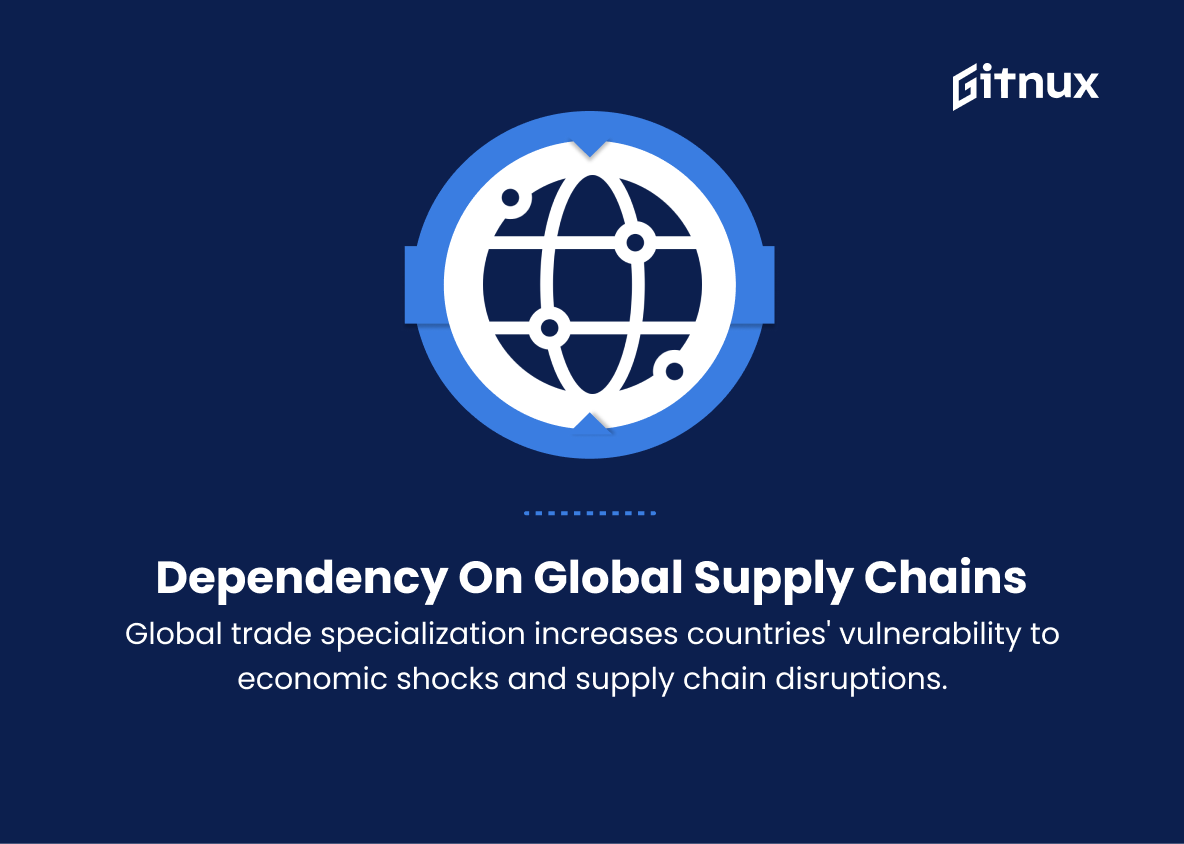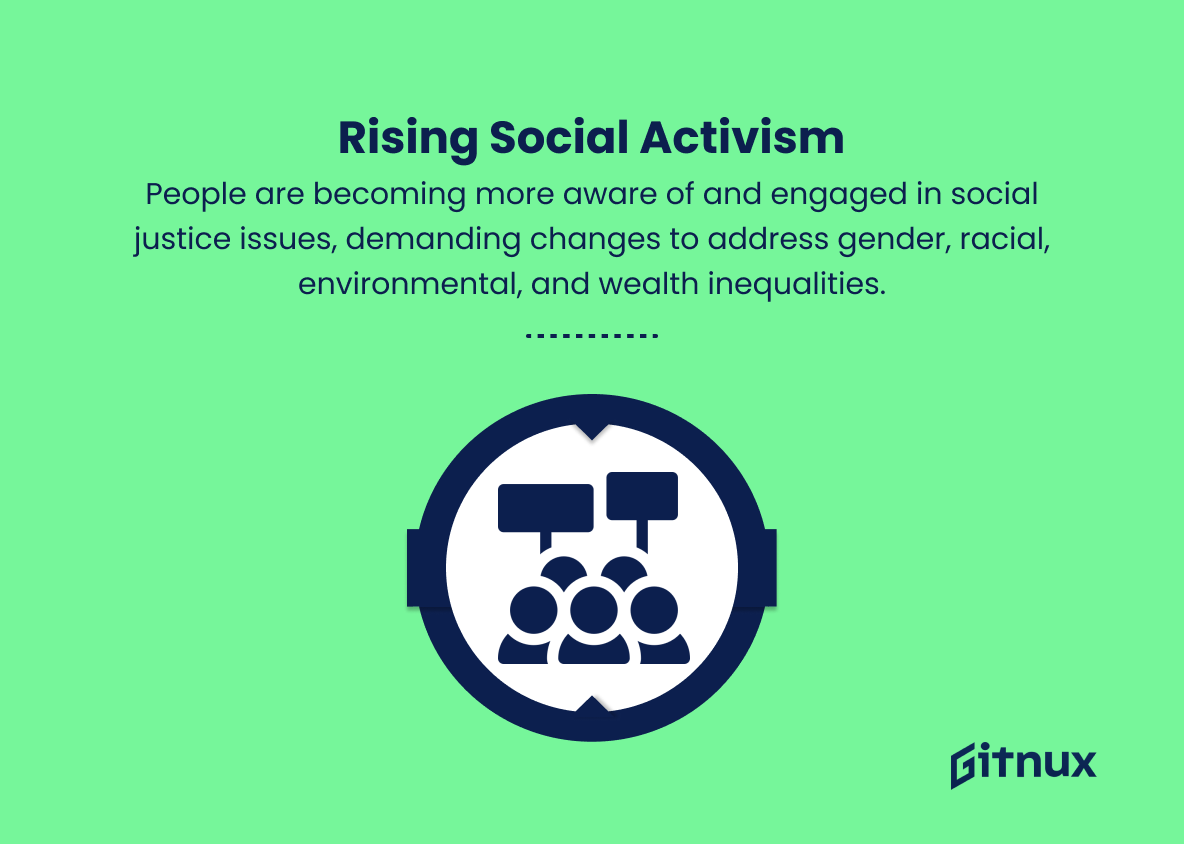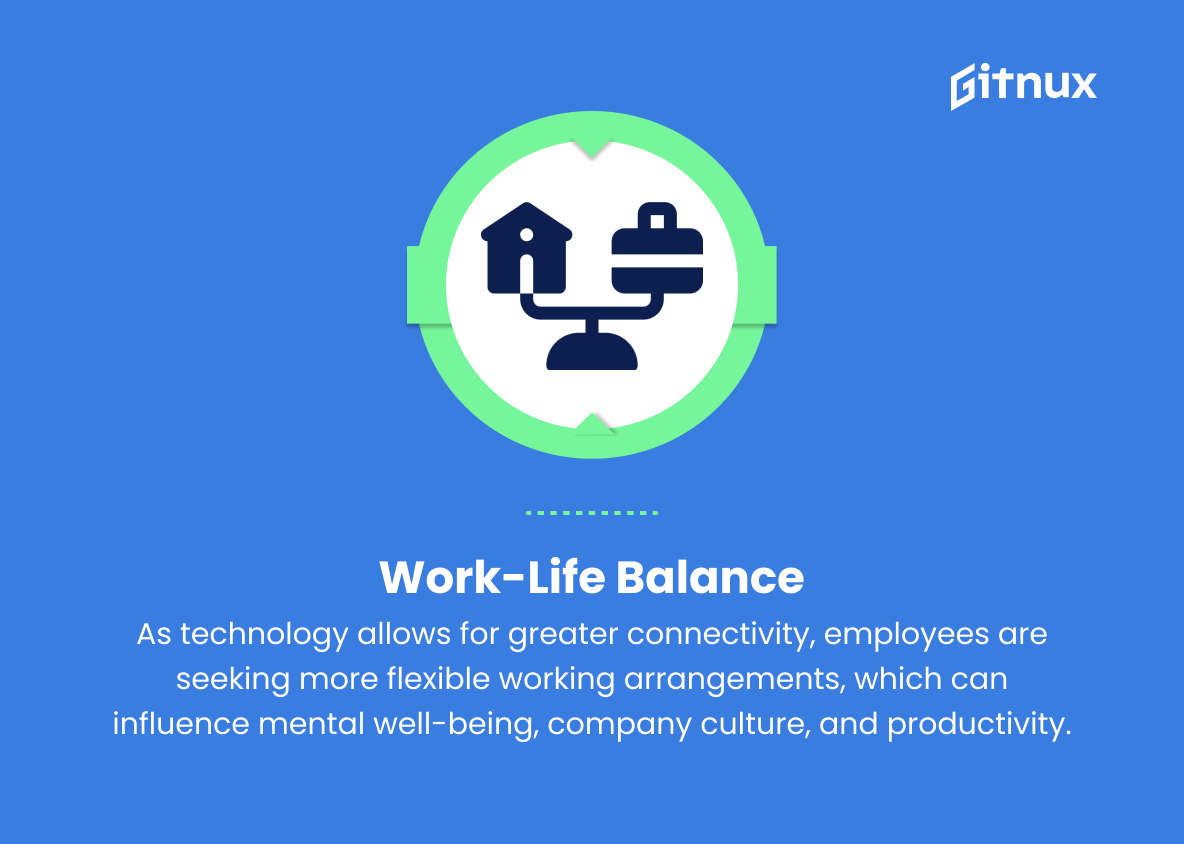In today’s rapidly evolving global landscape, it has become increasingly essential for us to understand and analyze the driving forces behind socioeconomic trends. These trends, defined by the intricate interplay of societal and economic factors, shape nations, define policy, and leave lasting impacts on populations across the globe. This blog post aims to explore the pressing issues and latest developments in this multifaceted field, while shedding light on the implications of such trends on our future as a collective society. Join us as we delve into the complexities of socioeconomic trends and the inescapable ways in which they affect our everyday lives.
Top Socioeconomic Trends
1. Urbanization
The global population is increasingly moving to urban areas, resulting in the growth of cities and the need for improved infrastructure and sustainability.
2. Automation and Artificial Intelligence
The rapid development and application of AI and automation are transforming the workforce, leading to job displacement, and the need to upskill and reskill workers.
3. Income inequality
There is a growing gap between the rich, who continue to accumulate a larger share of wealth, and the poor, leading to social unrest, increased crime rates, and decreased economic mobility.
4. Aging population
As life expectancies increase worldwide, the number of elderly people will rise, leading to increased healthcare costs, pension burdens, and an imbalance in the working-age population.
5. Climate change
The increased frequency of extreme weather events and the resulting impact on agriculture, health, and infrastructure will have consequences for the global economy and societal well-being.
6. Migration
Growing global instability and the search for better economic opportunities will lead to an increase in migration, impacting social, political, and economic dynamics in various countries.
7. The rise of the gig economy
More people are opting for freelance or contractual work in response to the changing labor market, offering increased flexibility but also insecurity and a lack of benefits.
8. The Sharing Economy
The rise of companies like Airbnb and Uber has initiated a shift towards a “sharing economy”, where people share services and resources, impacting traditional industries.
9. Globalization
As countries become more interconnected through trade, cultural exchange, and technology, there is a potential for increased economic growth but also the risk of cultural homogenization and increased vulnerability to global financial crises.
10. Access to quality education
The demand for higher education and lifelong learning continues to grow, as skill sets and knowledge required in the workforce constantly evolve. This trend can lead to increased social mobility, but also exacerbate global inequality.
11. Digitalization and the digital divide
The increasing prevalence of technology in our lives leads to greater digital integration, but also widens the gap between those with access to technology and those without.
12. Healthcare advancements
The growth in medical and biotechnology fields will create new and improved treatments, drugs, and technologies, changing how we approach health and wellness.
13. Dependency on global supply chains
Global trade is becoming more specialized, with countries specializing in producing certain goods or services, which increases the vulnerability of countries to economic shocks and supply chain disruptions.
14. Rising social activism
People are becoming more aware of and engaged in social justice issues, demanding changes to address gender, racial, environmental, and wealth inequalities.
15. Work-Life balance
As technology allows for greater connectivity, employees are seeking more flexible working arrangements, which can influence mental well-being, company culture, and productivity.
These trends highlight the interplay between political, social, economic, and technological factors, with potential consequences for the global order and individual societies.
Implications
As the world navigates through a transformative period, the following socioeconomic trends have significant implications for the future. Global urbanization leads to a growing demand for improved infrastructure and sustainability, while the advent of automation and artificial intelligence necessitates upskilling and reskilling workers to adapt to a changing workforce. Meanwhile, income inequality continues to widen, resulting in social unrest and decreased economic mobility. The world also grapples with an aging population, which places a strain on healthcare systems and pension funds.
Climate change exacerbates extreme weather events, impacting agriculture, health, and infrastructure, and increased migration due to global instability and economic opportunities shape social, political, and economic dynamics. The rise of the gig economy and sharing economy influences traditional industries, as globalization simultaneously offers opportunities for growth but also risks cultural homogenization and increased volatility in financial markets.
Access to quality education becomes imperative to alleviate growing inequality and adapt to workforce demands, while digitalization reveals a persistent digital divide. Healthcare advancements in medical and biotechnology fields hold promise for revolutionizing health and wellness, but global dependency on supply chains exposes vulnerabilities to economic shocks and disruptions. A newfound spirit of social activism seeks to address systemic inequalities, and the pursuit of work-life balance influences mental well-being, company culture, and productivity. In summary, these trends underline the complex interaction of political, social, economic, and technological factors, affecting the global order and individual societies in profound ways.
Conclusion
In summary, the analysis of ongoing socioeconomic trends uncovers crucial insights into the shifting dynamics within our society. As income inequality, globalization, and technological advancements continue to shape our world, there is a pressing need for policymakers, business leaders, and individuals to adapt to these changes to ensure inclusive, sustainable growth for all. By staying informed and proactively addressing these trends, we can foster an environment that not only supports economic prosperity, but also encourages social cohesion, upward mobility, and overall well-being for generations to come.
